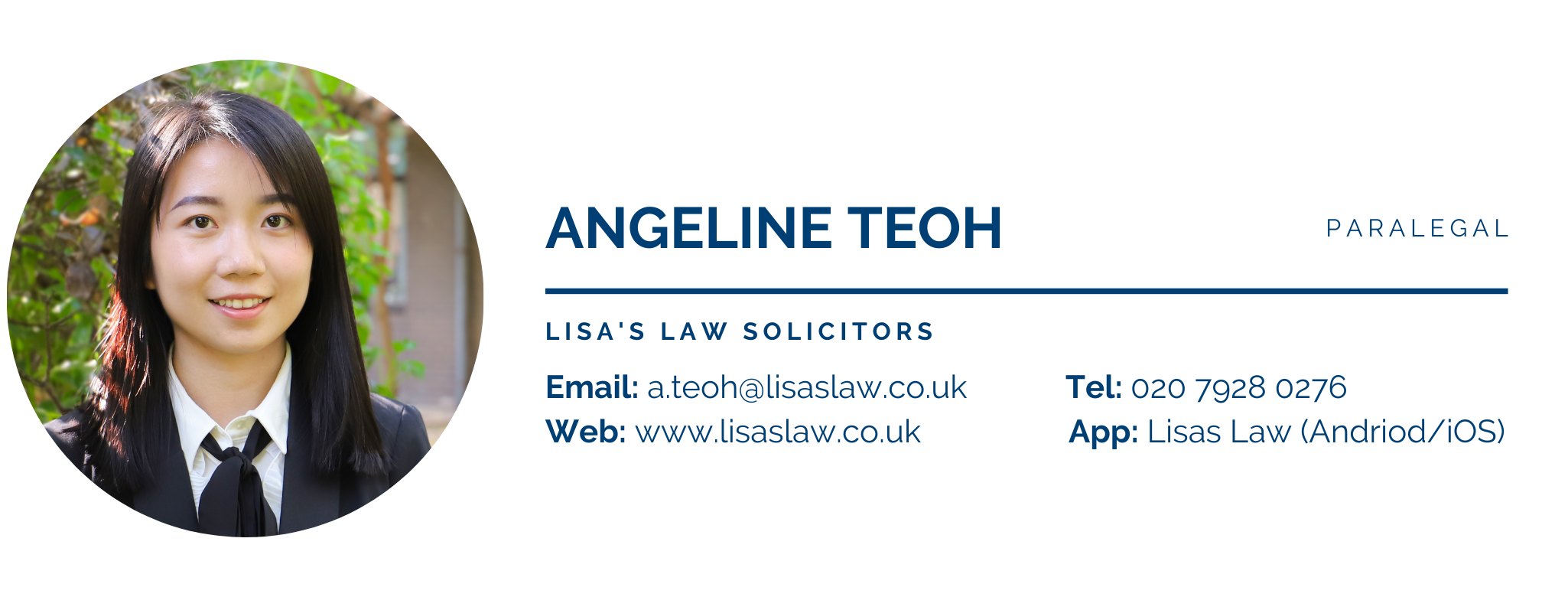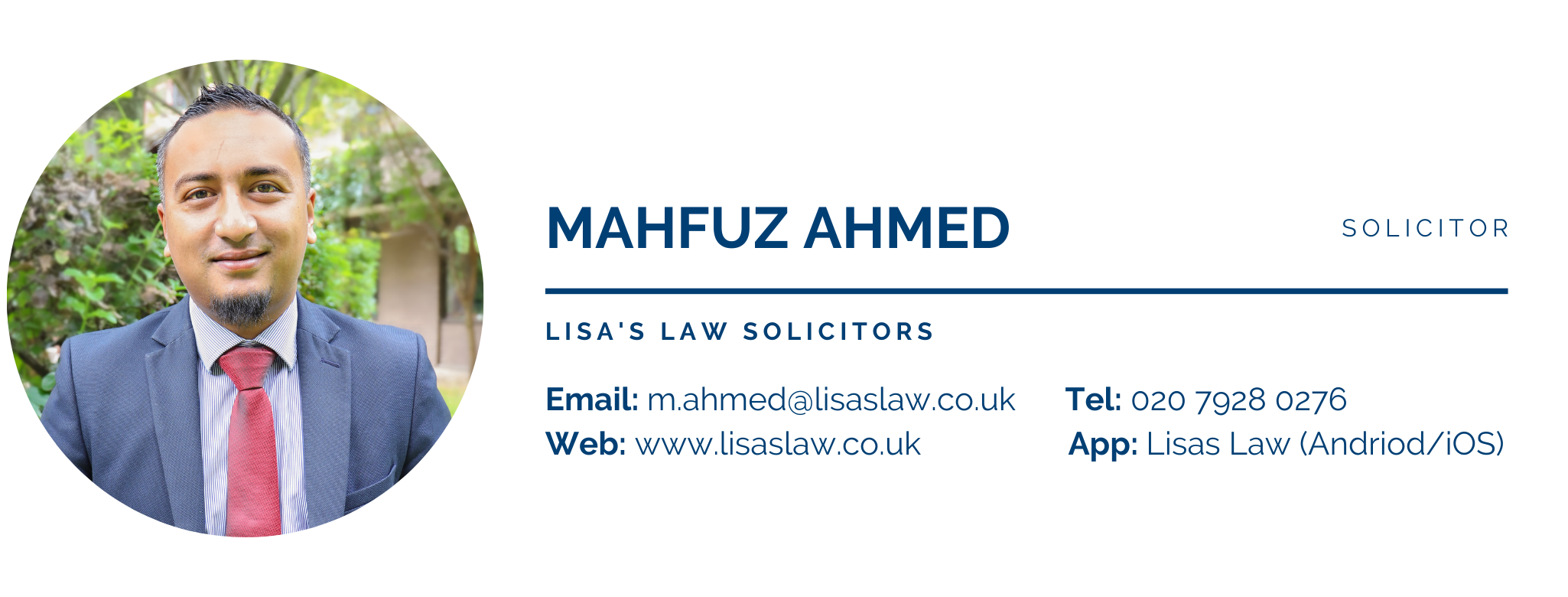It has been announced this week that new laws and a new code of practice will dictate the handling of debts accrued by those renting commercial property during the pandemic, who have been unable to pay rent and other costs because of lockdowns and a lack of business. This will be of interest to both landlords and tenants involved in the leasing of commercial property. We will explore how the new laws will work and is expected of both landlords and tenants in this blog.
The current situation
Commercial tenants are protected from eviction until 25 March 2022. Not only this, the government is also protecting commercial tenants from debt claims, including County Court Judgements (CCJs), High Court Judgements (HCJs) and bankruptcy petitions, issued against them in relation to rent arrears accrued during the pandemic.
This provides some time for landlords and tenants to work to find solutions regarding commercial rent debts caused by the pandemic. From today (10/11/2021) negotiations between them will be conducted within the parameters of a new Code of Practice, providing landlords and tenants with a clear process for settling outstanding debts before the new arbitration process comes into force (25 March 2022).
What does the new code entail?
The Code sets out that, initially, tenants unable to pay in full should negotiate with their landlord in the expectation that the landlord waives some or all rent arrears where they are able to do so.
Tenants will need provide landlords with sufficient evidence to substantiate their need for assistance with rent, or a reduction of rent. The types of evidence that should help to substantiate the need for assistance could be business performance records, financial records showing insufficient funds or loss of key personnel and staff to name a few.
A more comprehensive list of evidence can be found below:
- existing and anticipated credit/debit balance
- business performance since March 2020
- tenant’s assets (noting that some may be liquid assets such as cash and other may be plant and machinery which cannot be sold without ending the business)
- position of the tenant with other tenancies i.e., ability to absorb the costs within those other tenancies
- government assistance received by the tenant including loans and grants (which may not have covered rent but provided some financial support to the business)
- dividend and bonus payments to shareholders
- excessive or unreasonable dividend payments to directors (having regard for the fact that director dividends may be the director’s only income during the ring-fenced period)
- overdue invoices or tax demands
- unpaid or returned cheques or electronic payments
- exceeding overdraft limits
- creditor demands
- money judgments
- expert evidence received as to the tenant’s current trading position, e.g., from the tenant’s accountant
- shortfalls in share issues
- evidence of prior refusal of further credit, funding, or lending, (although the possibility that the tenant could obtain finance if it has not already applied for it is not to be considered a factor)
- failure to meet budget projections
- loss of important contracts
- insolvency of a major customer
- unexpected retentions -knowledge of a lack of working capital, or
- loss of key personnel or staff redundancy.
On the other hand, it is also good practice for landlords to clarify the impact of late or non-payment of rent on their own circumstances. If a tenant is aware of the hardships a landlord experiences when rent is not paid, they may refrain from trying to avoid payments if that was every their intention. Where the tenancy forms one of many such tenancies for landlord or tenant then this may be relevant to the discussions.

What happens after the 25 March 2022?
From 25 March 2022, new laws introduced in the Commercial Rent (Coronavirus) Bill will establish a legally-binding arbitration process for commercial landlords and tenants who have not already reached an agreement, following the principles in the Code of Practice. Subject to Parliamentary passage, this will come into force next year. Essentially, this means a third party will enter into the situation and decide on an outcome for both parties, usually with aspects of fairness in mind.
The Bill will apply to commercial rent debts in relation to mandated closure of affected businesses. This could be pubs, gyms, restaurants etc. Debts accrued at other times will not be included.
If the landlord and tenant fail to reach an agreement by negotiation, they may be able to apply for binding arbitration. If it comes to this, both parties will be required to make offers to each other as part of both the pre-application and arbitration process. However, this does not preclude parties from reaching an agreement by negotiation prior to or outside of this process. The window to apply for arbitration will be 6 months from the date legislation comes into force, with a maximum time frame to repay of 24 months.
In our opinion, it is still worth landlords and their tenants to continue to negotiate, even once the arbitration process has commenced and even if negotiations appeared to have stalled or failed prior to arbitration.
What do we think?
Looking toward statistics, data from the British Property Federation indicates that agreements have been reached in 80% of commercial rent dispute cases since the start of the pandemic. This is promising, and is indicative of the potential to handle this type of problem inclusively, between landlord and tenant, without the need for outside involvement. Communication between both parties is key, and the more open everyone is in regards to their situations then the easier it will be to reach a reasonable arrangement.
We believe that wherever possible, agreements between landlords and tenants are better and will lead to a more agreeable outcome. However, the arbitration processes that will begin from 25 March 2022 are a good way of progressing the issue, as it cannot simply be left untreated. As it stands, it seems like the process will be as fair as possible, and is not designed around the objective of closing businesses that have struggled during the pandemic.

Have questions? Get in touch today!
Call us on 020 7928 0276, phone calls are operating as usual and will be taking calls from 9:30am to 6:00pm.
Email us on info@lisaslaw.co.uk.
Use the Ask Lisa function on our website. Simply enter your details and leave a message, we will get right back to you: https://lisaslaw.co.uk/ask-question/
Or, download our free app! You can launch an enquiry, scan over documents, check progress on your case and much more!
Links to download below:
iPhone: https://apps.apple.com/us/app/lisas-law/id1503174541?ls=1
Android: https://play.google.com/store/apps/details?id=com.lisaslaw






























